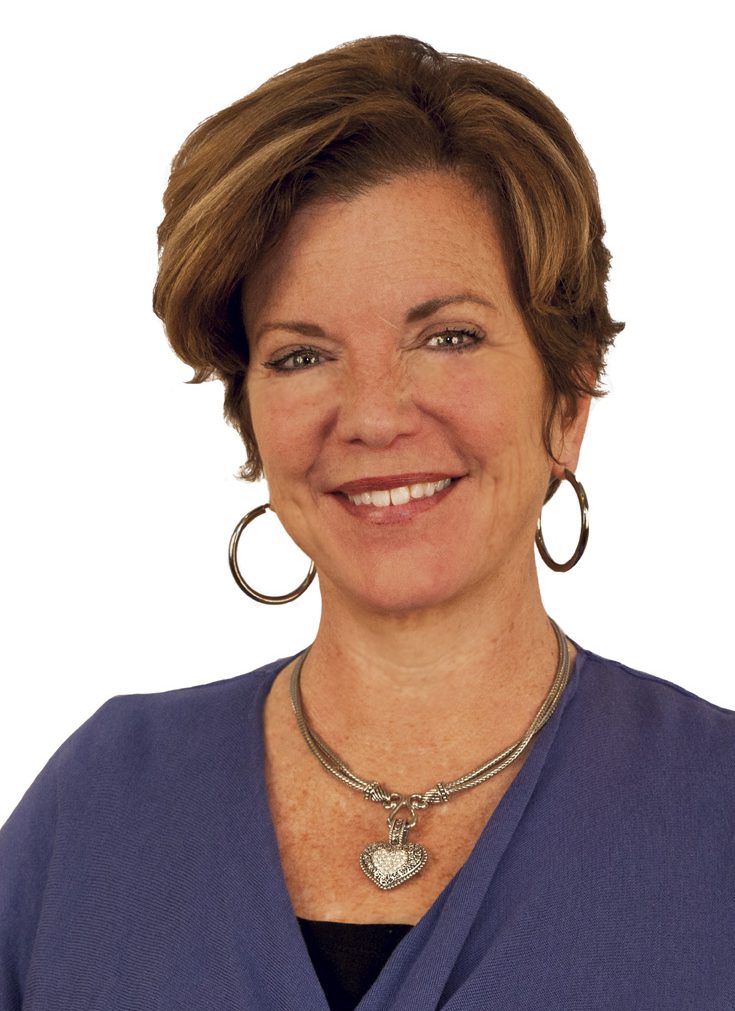Keep Calm and Plan Strategically
By Ray Scotto
Although the insurance industry is unquestionably looking at major changes with the rapid advancement of technology and big data collection, predictions of immediate disruption may be a bit overstated. Perhaps the best course of action is to Keep Calm and Plan Strategically for change.
Change is coming, but not by tomorrow morning.
Looking at the multitude of issues that affect program business, now valued at over $36 billion, a thorough examination of the threats and opportunities that change brings is a good place to start. This is true not just for program administrators, carriers and service providers, but also for the Target Markets Program Administrators Association (TMPAA), which counts among its members 30% of program administrators and most of the industry’s program carriers. Changes in how program business is transacted will require new resources, education and services to ensure the success of member program operations.

-Steven Assennata
Head of Client Underwriting Programs, Specialty Insurance
Munich Reinsurance America, Inc.
We asked several key TMPAA members to weigh in on changes they believe will affect program business. This information and other feedback from the group will serve as the basis for the association’s evolving initiatives to support its members.
Technology
Technology is rapidly changing many segments of the insurance industry, but its full impact on the program space with its unique underwriting focus remains to be seen.
“The impact of technology on program business will be similar to its impact on the general insurance market,” says Steven Assennata, head of client underwriting programs, specialty insurance at Munich Reinsurance America, Inc. “The adoption of automation and artificial intelligence that improve efficiency for program administrators (PAs) will drive business growth while reducing internal costs. Additionally, the use of data analytics will enable PAs and their carriers to work smarter and produce more profitable results by targeting the most attractive business in a particular industry segment.
“The use of loss mitigation tools such as sensors, wearables and auto technology (telematics, crash avoidance systems, etc.) will enable PAs and their carriers to provide more comprehensive risk solutions to their clients. This will become more common as the cost of these tools becomes more
manageable over time. To remain viable, program markets will need to provide a combination of customized insurance coverage and risk management solutions bolstered by these new technologies.
“Munich Re has made significant investments in automation, including an underwriting engine and digital platforms. We have been harnessing the power of data and analytics in both our internal and external activities for several years and bringing underwriting tools to our clients that enable them to select better risks and make them more profitable.”

-Tracey Carragher
CEO
Breckenridge Insurance Group
Capital
The entry and growth of third-party capital into reinsurance markets has the potential to change the traditional relationship between carriers and reinsurers and to affect rates.
Tracey Carragher, CEO of Breckenridge Insurance Group, says: “It’s important to be cognizant of capital changes in the industry. Last year’s catastrophe losses were huge, and we all predicted rate hardening. That happened—for about three weeks. New capital bolstered demand, so while some pockets showed marketplace shifts, the additional capital topped off demand.
“The program industry needs to monitor this dynamic, and individual program players need to anticipate changes when they are considering entering a new area of risk. The anticipated demand rarely equals the reality anymore. New capital is flowing, and pricing and demand are mitigated. Things will become interesting when interest rates move further up. Capital may then find another home, and demand and rates should rise.”
Big data
Big data and analytics are transforming the way many businesses operate, and they have the potential to transform the insurance industry. Collecting data to improve the management of risk can be complicated and costly but ultimately will be required for program administrators to compete effectively.
Christopher Gallagher, president and CEO of Hudson Insurance Group, offered his perspective on the impact of big data. “President Harry S. Truman said he was looking for a ‘one-handed economist’ because his economists were always saying, ‘On the one hand … but then on the other hand …’
“All of Hudson’s program administrator partners are specialists. One of them told me: ‘We underwrite business that is complex and unusual. We want to be in classes where no one thinks an algorithm or predictive model can do the job we do. We want to be the last underwriters that the robots come for.’

[PAs].”
-Christopher Gallagher
President and CEO
Hudson Insurance Group
Distribution
The word insurtech means different things to different people in the insurance distribution food chain. Some program administrators see an opportunity in the ability to leverage the newer technologies, and others see a threat of being displaced by them.
“A major change for program administrators will be rethinking our distribution,” says Christopher Pesce, president of Maritime Program Group. “The prevailing promise of insurtech is to drive expenses down by creating super-efficient transactions. We’ll be fooling ourselves if we don’t think the quickest and easiest way to reduce overhead in the insurance transaction is to eliminate some of the commission sharing parties in the distribution chain, which include both retail agents and brokers and program administrators. This is where we as PAs require some out of the box thinking about our traditional path to the consumer. If PAs are to benefit from advances in technology that enable smarter risk selection and service delivery, we also must compete in the race to deliver these advances at a lower cost to carriers, or we will risk being leapfrogged by a well-funded and tech savvy startup that doesn’t carry legacy concerns about disrupting its broker distribution system.

-Christopher Pesce
President
Maritime Program Group
“I am not preaching an abandonment of the broker distribution model; but as we develop new tools, we must consider whether to make those tools available directly to the consumer at a lower cost to both the consumer and the carrier. This also means that PAs need to consider their own internal structure as it relates to servicing a consumer-based product because this varies greatly from our traditional broker service model. The need to support both models is a significant challenge for PAs as it will require extensive retraining or hiring of service staff and potentially an overhaul of the underlying culture to think and respond as a consumer-facing organization should. This has come to light in my own organization as we prepare our first consumer-facing product and realize that during the design phase, someone needs to respond to the consumer at all hours of the day and night. Are we prepared to do that, and if so, how? This is the question many PAs will be asking themselves in the near future as we rethink distribution.”
Along with other segments of the industry, program business faces a host of new challenges. Issues raised in this article that deal with technology, data collection, the influx of capital and distribution model changes also were referenced by members who participated in the association’s program business study. Also listed as top challenges by TMPAA members were the cost of upgrading technology, minimal capacity for new program development and attracting new talent.
One respondent to the study highlighted the need for reinvention: “This is an aging industry that needs to be reinvented to stay relevant, given today’s ever-changing risks and threats, while taking advantage of evolving opportunities.” Working with industry leaders on the TMPAA advisory board, committees and members who provide valuable feedback, the association also will look to reinvent and plan strategically to meet the changing needs and expectation of its members.
Keep calm and plan strategically.
The author
Ray Scotto is executive director of the Target Markets Program Administrators Association.





